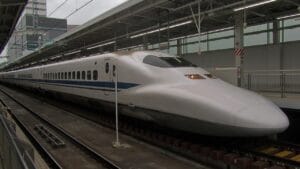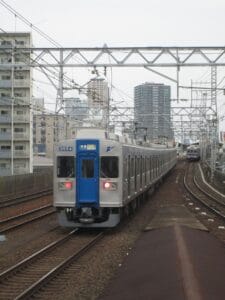

If you’re planning a trip to Japan, one question will likely pop up early: Should I get the JR Pass—or just use regional passes? The answer depends on where you’re going, how fast you’re moving, and what kind of traveler you are. Let’s break down the pros and cons of each in this friendly guide—perfect for first-timers, families, and budget-conscious adventurers.
What is the JR Pass?
The Japan Rail Pass (aka JR Pass) is a nationwide train pass offered exclusively to tourists. It allows unlimited rides on most JR-operated trains (including shinkansen bullet trains) for 7, 14, or 21 consecutive days.
👉 Learn more on the “official JR Pass site” for up-to-date rules, prices, and eligible trains.
✅ Best for:
- Visiting multiple cities (e.g. Tokyo, Kyoto, Osaka, Hiroshima) within a short time frame
- Long-distance travel that would be expensive if paid individually
- Travelers who want flexibility and speed
What are Regional Passes?
Regional passes are localized versions of the JR Pass, covering specific areas (like Kansai, Tohoku, Hokkaido, etc.). They’re cheaper and ideal for slow travelers or those staying in one region.
👉 Check available “JR East regional passes” for Tohoku and Kanto travel.
✅ Best for:
- Staying in one or two regions
- Spending more time exploring deeply rather than widely
- Budget travelers not doing long-distance bullet train runs
Quick Comparison Table
| Feature | JR Pass | Regional Passes |
|---|---|---|
| Coverage | Nationwide | One region (Kansai, Tohoku, etc.) |
| Validity | 7, 14, 21 consecutive days | Usually 3–7 flexible days |
| Price | $$$ | $$ |
| Flexibility | High (any JR line) | Medium (JR lines in region only) |
| Seat Reservation | Included | Often included |
| Ideal For | Fast-paced, multi-city trips | Slow, regional explorations |
Sample Itinerary Examples
1. Tokyo → Kyoto → Hiroshima → Osaka → Tokyo (7 days)
✅ JR Pass is worth it — bullet train tickets alone exceed the JR Pass price.
2. Osaka → Kyoto → Nara → Kobe (5 days)
✅ Kansai Regional Pass wins — super cheap, and JR Pass would be overkill.
3. Tokyo base with day trips to Nikko, Yokohama, Kamakura
✅ Consider the JR East Tokyo Wide Pass — it covers all those for less.
💡 Pro Tips
- Children aged 6–11 get half-price passes; under 6 ride free (no reserved seat)
- JR Pass must be bought before arrival (or at a higher price inside Japan)
- Some private lines are not covered, so always check route maps in advance
- Use HyperDia, NAVITIME, or the Japan Travel App to plan routes
Should You Skip the Pass Altogether?
Yes—if you’re just staying in Tokyo or Osaka, and not doing intercity trips. IC cards like Suica or ICOCA are better for local travel.
* Read “Where to Stay in Tokyo” and “Where to Stay in Osaka” for city-specific tips.
Final Thoughts
There’s no one-size-fits-all answer. The JR Pass is amazing if you’re traveling far and fast. Regional passes are better if you’re taking it slow. Plan your route first—then calculate whether a pass saves you money.
Need inspiration? Check our “Hidden Gems in Japan” to discover destinations beyond the big cities.
Happy train-hopping across Japan!🚅🎌
— Joy